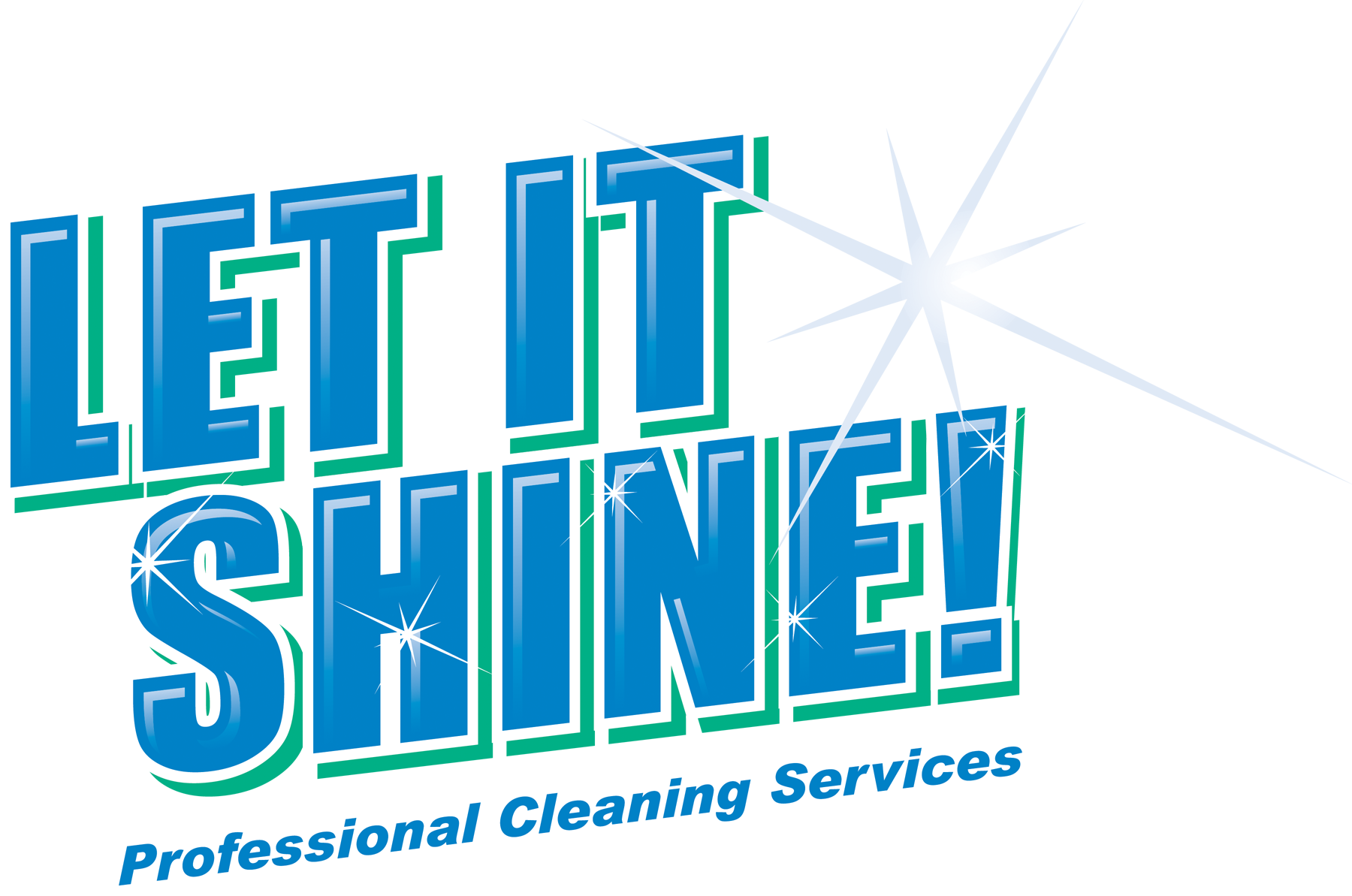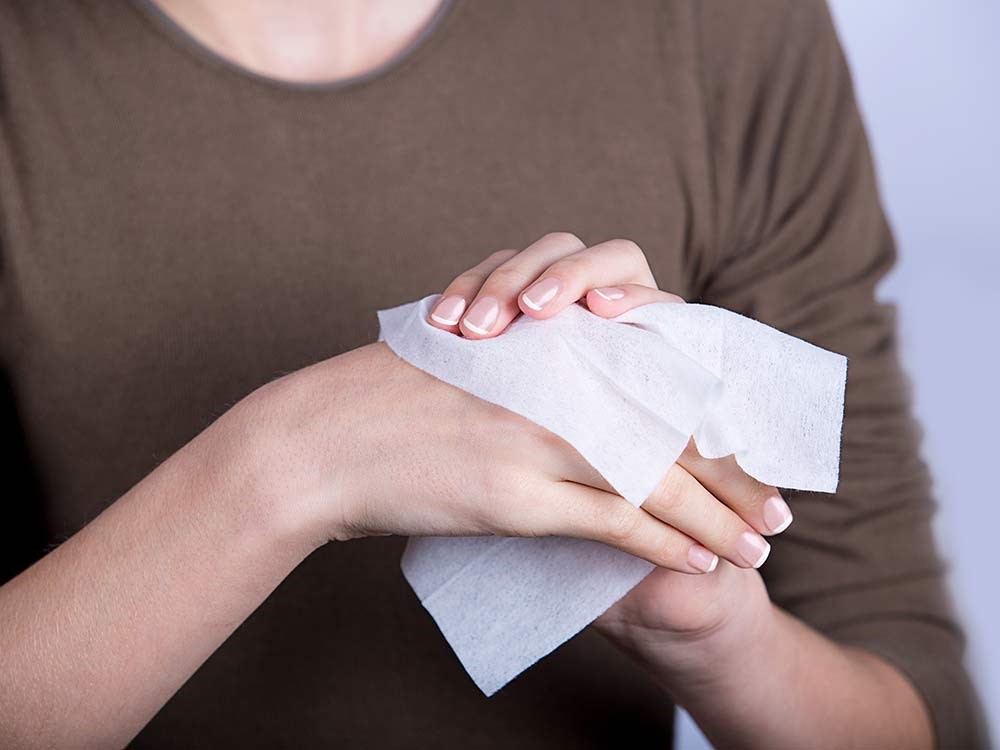Providing a safe, clean, and germ-free work environment is a top priority for many office managers and facilities personnel in this booming economy and tight labor market. Regular professional cleaning and janitorial services are always the right place to start. But, with the latest virus everywhere in the news lately, are there other steps that should be taken to prevent the spread of even typical viruses that can cause increased absenteeism and stifle productivity in companies?
Even top-notch commercial cleaning companies are limited in what they can accomplish to fully eradicate germs from a workplace. After all, a surface is only clean and germ-free if it was cleaned properly and no one has used it since. Once the surface has been touched, all bets are off. This is one of the reasons why we are seeing a proliferation of disinfecting wipe canisters on countless desks and other workstations throughout our northern Colorado area. Can the use of these wipes be an effective tool to minimize the spread of infectious diseases in our workforce? Turns out, the answer is, maybe.
So, what are the best practices for office cleaning with respect to germ control? And who’s responsibility is it? It’s all of us . . . workplace management, janitorial services, and employees. We all have a role to play. Here’s how:
Workplace Management Responsibilities
-
- Management must first set the tone. Workplace cleanliness and hygiene must be a top priority for managers and leaders. As with any initiative, without belief, buy-in, and commitment from management, a half-hearted campaign will have little chance to succeed.
- Actively encourage sick employees to stay at home.
- Per the Centers for Disease Control and Prevention (CDC):
Employees who have symptoms of acute respiratory illness are recommended to stay home and not come to work until they are free of fever (100.4° F [37.8° C] or greater using an oral thermometer), signs of a fever, and any other symptoms for at least 24 hours, without the use of fever-reducing or other symptom-altering medicines (e.g. cough suppressants).
- Per the Centers for Disease Control and Prevention (CDC):
- Emphasize staying home when sick, respiratory etiquette and hand hygiene by all employees.
- Per the CDC:
Place posters that encourage staying home when sick, cough and sneeze etiquette, and hand hygiene at the entrance to your workplace and in other work areas where they are likely to be seen.
Provide tissues and no-touch disposal receptacles for use by employees.
Instruct employees to clean their hands often with an alcohol-based hand sanitizer that contains at least 60-95% alcohol or wash their hands with soap and water for at least 20 seconds. Soap and water should be used preferentially if hands are visibly dirty.
Provide soap and water and alcohol-based hand rubs in the workplace. Ensure that adequate supplies are maintained. Place hand rubs in multiple locations or in conference rooms to encourage hand hygiene.
- Per the CDC:
Janitorial Service Responsibilities
-
- Perform routine environmental cleaning.
- Routinely clean all frequently touched surfaces in the workplace, such as workstations, countertops, and doorknobs. Use the cleaning agents that are usually used in these areas and follow the directions on the label.
- No additional disinfection beyond routine cleaning is recommended at this time.
- Provide disposable wipes so that commonly used surfaces (for example, doorknobs, keyboards, remote controls, desks) can be wiped down by employees before each use.
- Perform routine environmental cleaning.
Employee Responsibilities
-
- Follow company policies and directives.
- Leave the workplace to go home when beginning to fill sick.
- Stay at home when sick until being symptom-free for 24 hours.
- Avoid contact with high touch surfaces when possible.
- Wash hands frequently with soap and water for at least 20 seconds.
- Use alcohol-based hand hygiene rub products.
- Wipe personal workspace surfaces with disinfecting wipes following directions for such use.
- Follow company policies and directives.
One more cautionary note about using disinfecting wipes in the workplace.
Such wipes can be helpful if used on surfaces properly. But there was an interesting reminder put out by Consumer Reports recently about the safety of using disinfecting wipes. Typical disinfecting wipes are not intended to be used as hand wipes. These can be accurate claims, but only if the product is used in accordance with their further instructions that typically include language such as:
- Not for cleaning or sanitizing skin. CAUTION: Causes moderate eye irritation. Avoid contact with eyes or clothing. Wash thoroughly with soap and water after handling and before eating, drinking, chewing gum, using tobacco or using the toilet.
- TO DISINFECT: Use enough wipes for treated surface to remain visibly wet for 4 minutes.
So, to be safe, spread the word about disinfecting wipes in your workplace. Arm your team with accurate information and dispel myths about common disinfecting wipes. They will appreciate you for it.
And follow current CDC recommended practices for workplace hygiene and germ control. We all have a part to play.
Contact Let It Shine, Inc. for further information on this topic and to discuss cleaning solutions for your workplace.

